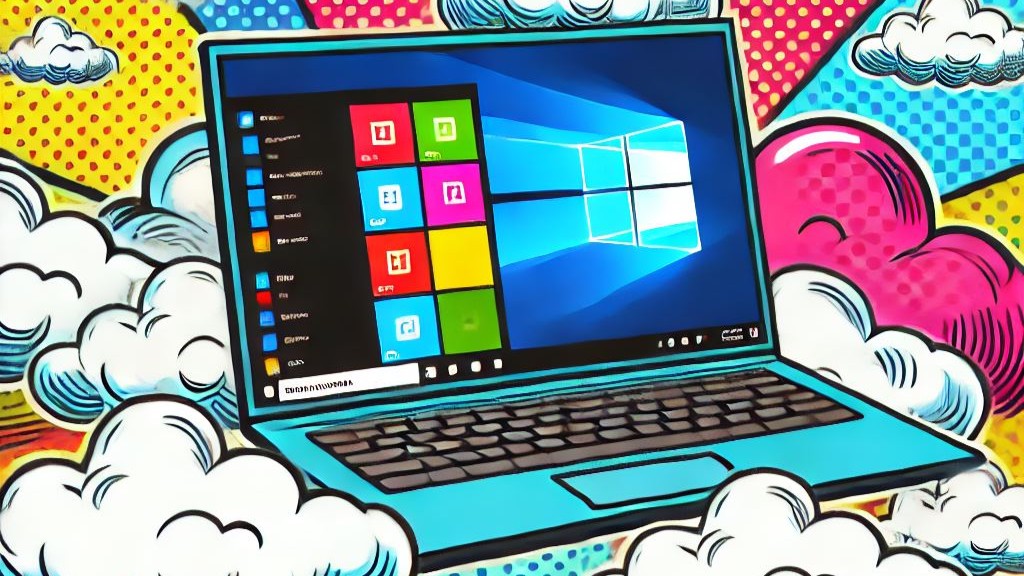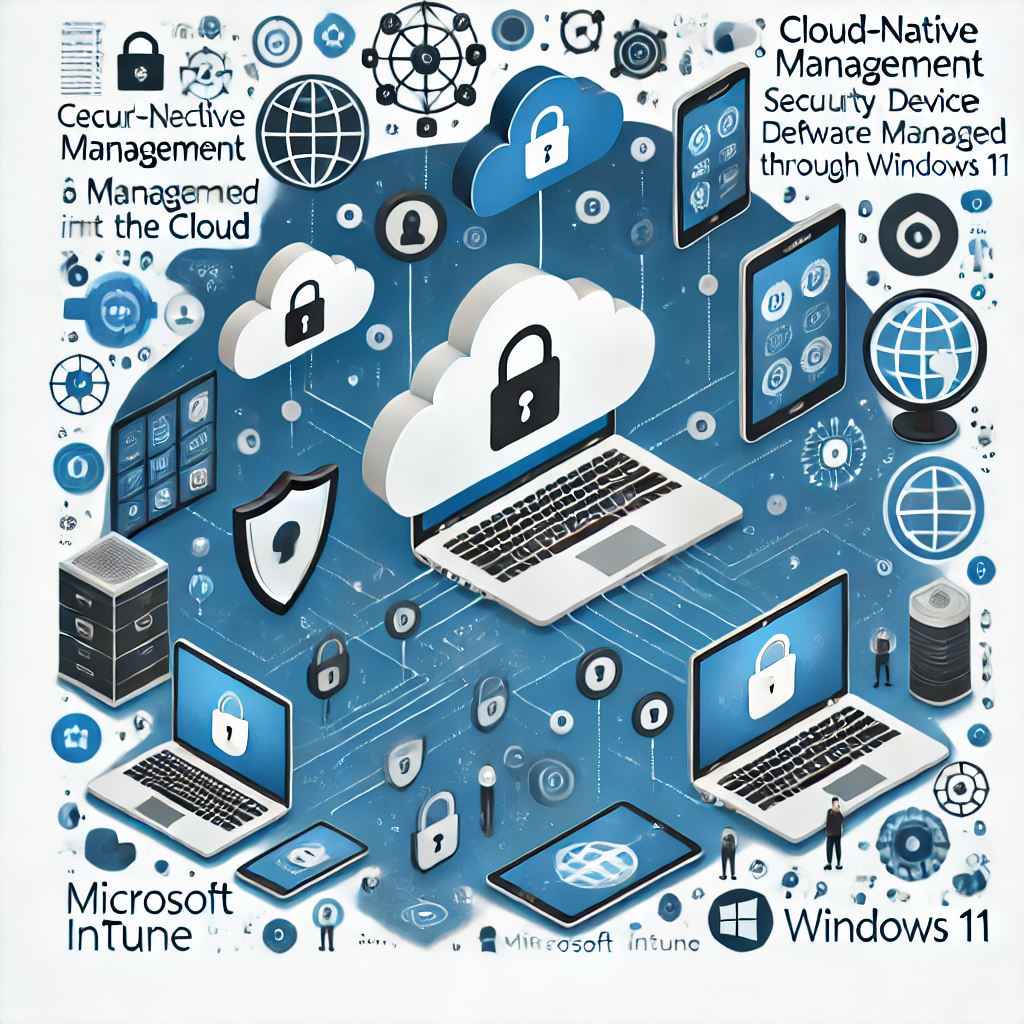If you have a Copilot+ PC and you are running Windows Insider, you can now enable Recall.
If you have totally missed what Recall is, the short story is that it’s a way to back-track what you have done earlier and move back to snapshots of your workdays to find things for example.
Recall requires that you have Copilot+ PC, otherwise this is not available. So, if you don’t have a Copilot+ PC, you don’t have to worry about users getting this.
Also, Recall is not enabled by default and on a managed PC, you as an admin need to enable it with e.g. Microsoft Intune for the users to even be able to opt-in. This also goes for the Click to Do feature.
Enable Recall
To enable Recall on the device, you need to set a policy using GPO or MDM policies. Since my go-to tool is Microsoft Intune, let’s dive into how to enable and control it.
Head into the Microsoft Intune portal and navigate to Device – Windows -Configuration and create a new configuration profile. Select Windows 10 and later as platform and Settings catalog as profile type.

Give your profile a good name based on your naming convention.

Click the add settings button and search for “Windows AI”. Select all the settings you want to configure.

There are a few settings you can set for Recall based on your needs.
In this example I’ve let the OS define the storage and duration for my snapshots, but you can configure this based on your needs. You can also add exclusions for websites and applications if we need. I’ve added my blog and Teams as an example in the picture, but you can also skip this.

Go thought the wizard and assign the policy toward the Copilot+ PCs you want to target.
User experience
Recall
So how do you get started with Recall? Simply open the new Recall app in your start menu and authenticate with Windows Hello. The first time you start it, it will work a bit on some updates. This might take some time. Once that is done, you will be able to start using Recall.

You can scroll back and forth on your timeline to go back and forth looking for what it was you wanted to find. Once you have found it, you can search the content of the snapshot or visit the app you had open. It even takes you to the exact spot you where in the app at the moment.

Down in the taskbar, you will see a new Recall button. Once its active, it will be light blue, and will indicate if its paused or running. If you click the Recall icon, you will see some actions you can do, like pause Recall or filter the website/application you have opened.

You can also go through settings and see some settings around Recall, such as storage or applications and website you want to filter (if you want to add some additional ones as a user which your admin did not add).

Click to Do
The second thing which get activated with Recall is Click to Do. This feature gives you the same posibilities as in your snapshot, you can search the whole screen for things or open it in specific apps. You can also have it summerizing long text or create a list. There are a bunch of actions here!
To activate Click to Do, simple press the Window-button on your keyboard and click the screen!

Key take aways
I really think Recall anbd Click to Do are two great ways of improving the user experiance and taking advanatge of the NPU and AI functionallity in a Copilot+ PC. As of this blog post being written, this is still a preview feature and things might change when this is released in GA.
I still think it’s a great way to explore how you can use Recall, and find out what limitaitons you need to set for your users. So as always, Windows Insider gives you a sneak peak of what’s to come and something you really should make use of.
What I do want to point out is that all snapshots are processed and stored locally, protected by Windows Hello to limit unauthorized access to your snapshots. Even if they are protected, it could however be a good idea to think about what sites you should add to a filter.






















































